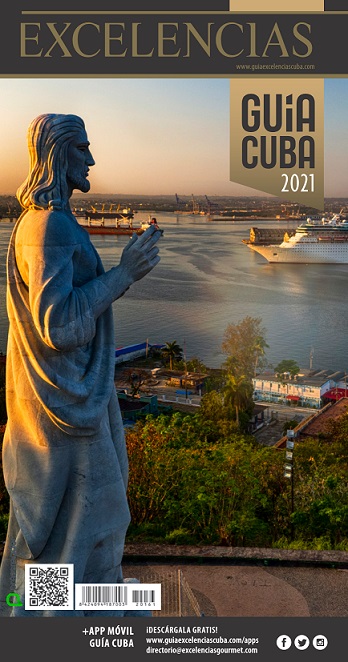The State of Rio de Janeiro belongs to Brazil’s southeastern region and stretches out for 43,909 square kilometers and a population of 14,367,225 inhabitants. The state is divided in 91 municipalities and its residents are nicknamed Cariocas. In its capital –the homonymous Rio de Janeiro- 5,850,544 inhabitants live. The state’s limits are the State of Minas Gerais to the north and northwest; the State of Espiritu Santo to the northeast; the Atlantic Ocean to both the east and south, and the State of Sao Paulo to the southwest.
This is a region where minerals and Brazil’s most advanced agriculture abound, featuring coffee and cereals for export, as well as a great variety of natural and processed foodstuffs such as milk and meat. Rio’s economy is the country’s second largest and the state boasts the third biggest per-capita income trailing behind Sao Paulo’s.
After the proclamation of the Republic, Rio de Janeiro became the capital of the country until 1960 when it was moved to Brasilia. Since then, the Rio de Janeiro Municipality was absorbed by the State of Guanabara. In 1975, that state and the municipality merged into the State of Rio de Janeiro. From 1716 to 1960, the city of Rio de Janeiro was the capital of both the Brazilian empire and republic, a powerful economic, political and financial hub until the capital was transferred to Brasilia. The old affiliation between the former capital and the State of Rio de Janeiro has churned out a major economic force that has now become the country’s largest oil-producing region.






